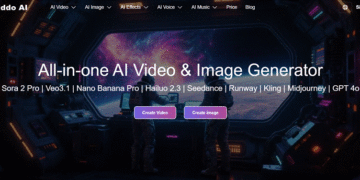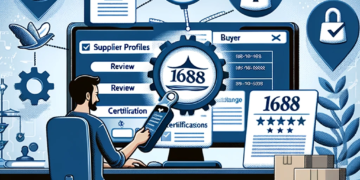Being self-employed is empowering but requires balancing productivity, finances, and business growth. You need to take advantage of the right tools and strategies to succeed.
Below are nine actionable tools and tips that will help you stay organised, save time, and grow your income sustainably.
Use The Right Accounting Software to Take Control of Your Finances
Financial management can be overwhelming, but tools like Xero’s are great for self-employed accounting and simplify bookkeeping, invoicing, and tax preparation.
Accounting software should automatically sync with your bank accounts, categorise expenses, and help you keep track of profit and loss.
For self-employed individuals in the UK, its integration with HMRC ensures you can file VAT returns effortlessly. Additionally, features like recurring invoices and payment reminders help maintain cash flow, minimising late payments.
Stay Productive with Time Tracking
Time is money when you’re self-employed, and accurately tracking your hours ensures you bill clients appropriately while improving personal productivity.
Time tracking tools like Toggl provide detailed insights into how you spend your day, helping you identify inefficiencies. For instance, if you’re spending more time on administrative tasks than client work, you can consider outsourcing or automating those tasks. With the right integration features, you can sync with project management tools, making it easier to connect time spent with deliverables.
Project Management Tools to Stay Organized
Managing multiple clients and projects is a common challenge for the self-employed. Tools like Trello and Asana allow you to break down complex projects into manageable tasks. This makes it easy to organise your work and meet deadlines.
Project management platforms help track deadlines, streamline workflows, and ensure nothing is overlooked. For example, breaking down a client project into smaller tasks keeps deliverables on schedule, while collaboration features improve communication with clients or teams.
Build an Impressive Online Portfolio
Your portfolio is often the first impression potential clients will have of you. Platforms like Squarespace, Wix, or Behance allow you to display your work professionally, even if you don’t have technical skills.
A portfolio acts as a digital business card, showcasing your expertise to prospective clients. To maximise visibility, optimise your portfolio with SEO-friendly keywords and testimonials from past clients. For instance, a graphic designer could create a “case studies” section to detail the results of specific projects, making their value tangible to prospective clients.
Foster The Right Networks
Networking remains one of the most effective ways to grow as a self-employed professional. Platforms like LinkedIn, niche forums, and Slack communities offer spaces to connect with industry peers and potential clients.
For example, joining a Slack group for freelance web developers could result in referral work or collaborative opportunities. Active participation enhances your reputation and visibility It is important to make time to learn the future of networking and how to make the most of it as a self-employed individual.
Protect Your Business with Digital Contracts
Contracts are crucial for clarifying expectations and protecting your income. Digital tools like DocuSign and HelloSign make it easy to draft, sign, and store contracts securely.
If a client requests work outside the agreed-upon scope, a signed contract provides the leverage needed to renegotiate terms or request additional fees. With features like automated reminders, these tools ensure all parties uphold their agreements.
Productivity Applications
Staying productive can be challenging, especially with the distractions of home or remote work. Apps like Focus@Will and Forest are designed to help you stay focused and maintain momentum.
Focus@Will uses music backed by neuroscience to enhance concentration, while Forest gamifies productivity by allowing you to “grow trees” for every distraction-free work session. Over time, these tools help establish a routine that increases efficiency.
Diversify Your Earnings with Passive Income Streams
Relying on a single income stream can be risky, especially during lean periods. Passive income allows you to stabilise cash flow and reduce financial stress.
Platforms like Gumroad or Etsy let you monetise your skills by selling digital products such as eBooks, templates, or presets. A content writer could create a guide on SEO writing and sell it repeatedly with no additional effort. Diversifying income not only builds financial security but also increases your earning potential.
Plan Your Finances
Long-term success requires a proactive approach to financial planning.
Start by setting aside a portion of your income for retirement through options like ISAs or personal pensions. And create an emergency fund to cover unexpected expenses or income gaps.
Tools like YNAB (You Need A Budget) can help you allocate funds for short- and long-term goals.
It is also advisable to consistently learn about the financial world, your tax obligations, and your investments to make strategic decisions that will secure your future.
Conclusion
Success in self-employment relies on the right tools and strategies. By implementing these tips you will be able to maximise productivity, protect your income, and secure your future as a thriving self-employed professional.











































































